The bot plays the video game by tapping the text generator to pick up new skills, suggesting that the tech behind ChatGPT could automate many workplace tasks.
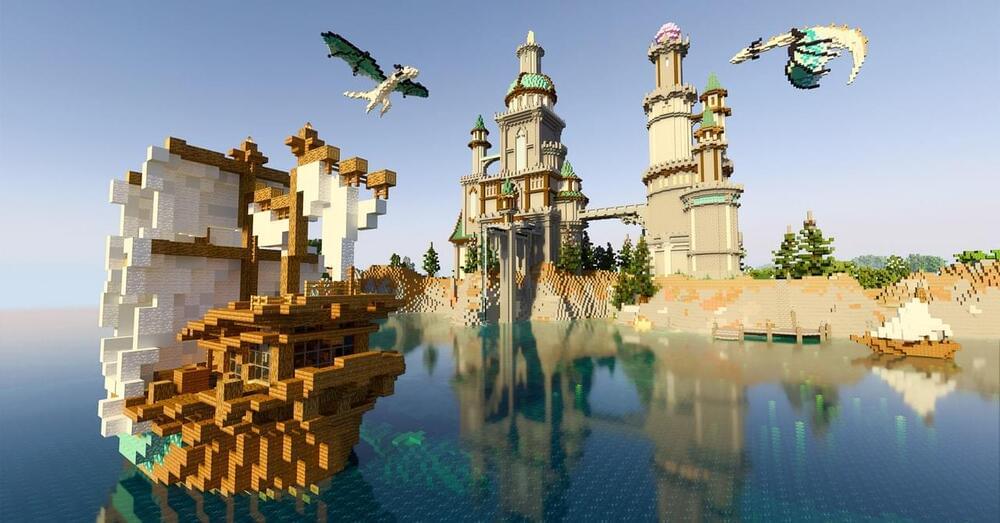

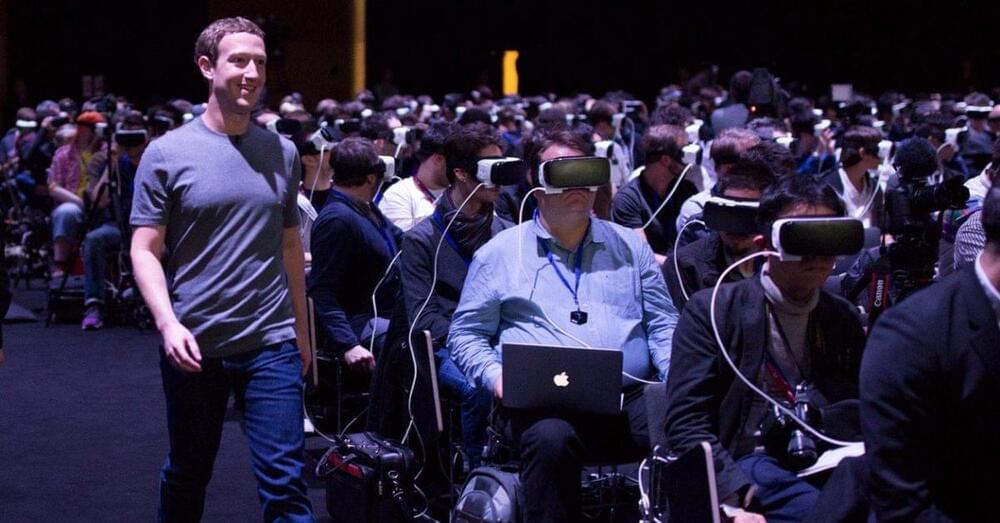
Alright, Apple. Pack it up, show’s over. Mark Zuckerberg just dropped a surprise announcement, unveiling the Meta Quest 3 virtual reality headset. The reveal comes just *checks calendar* four days before Apple is set to officially announce its high-end mixed reality headset. So much for Apple’s headset hype, I guess.
All kidding aside, Meta bought its way into virtual reality years ago through Oculus when Zuck’s company was still trading under the name Facebook. Meta certainly has more experience selling VR headsets and throwing VR parties than Apple – for now, at least.
Like the Meta Quest 2, the newly unveiled Meta Quest 3 is also in another universe when it comes to pricing. Apple’s “Reality Pro” headset is expected to carry a price tag of around $3,000. Meta’s higher-end Quest Pro goes for $999, and the new Meta Quest 3 is priced from $499.
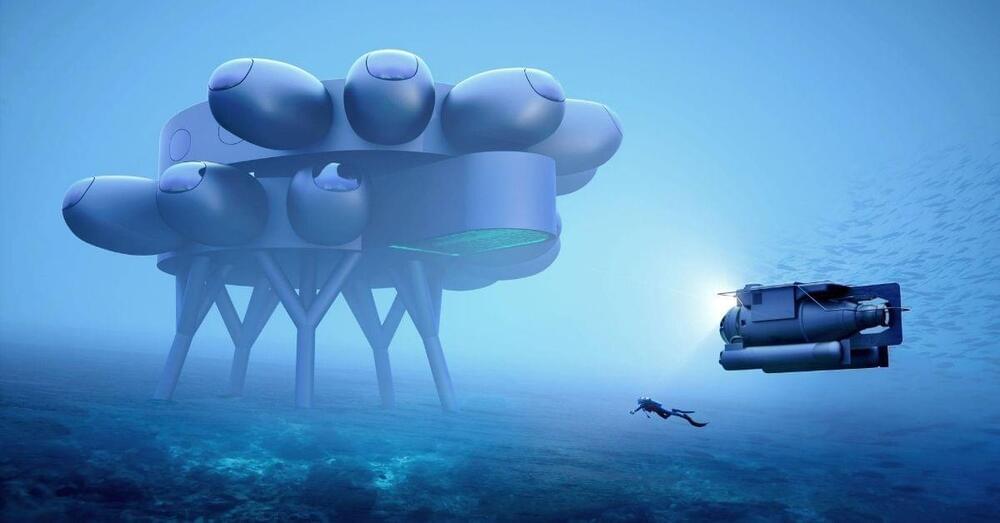
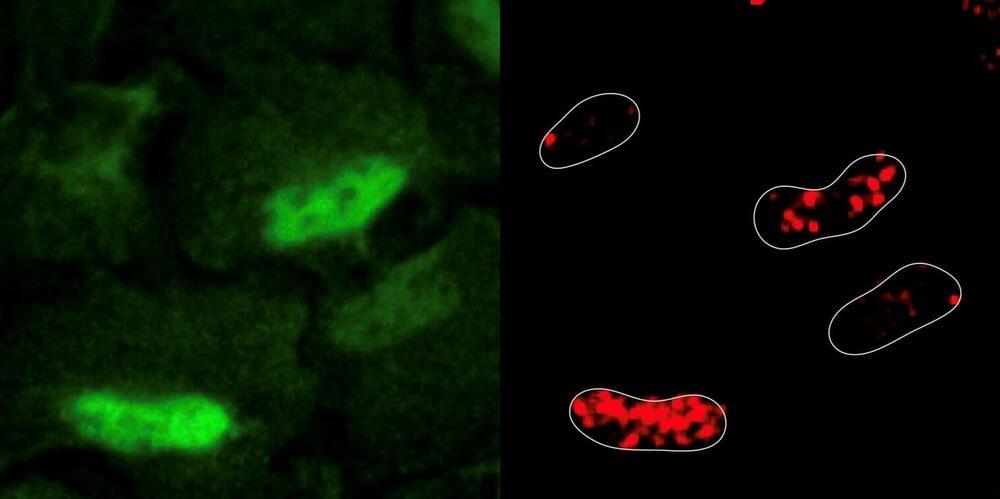
A typical human cell is metabolically active, roaring with chemical reactions that convert nutrients into energy and useful products that sustain life. These reactions also create reactive oxygen species, dangerous by-products like hydrogen peroxide which damage the building blocks of DNA in the same way oxygen and water corrode metal and form rust. Similar to how buildings collapse from the cumulative effect of rust, reactive oxygen species threaten a genome’s integrity.
Cells are thought to delicately balance their energy needs and avoid damaging DNA by containing metabolic activity outside the nucleus and within the cytoplasm and mitochondria. Antioxidant enzymes are deployed to mop up reactive oxygen species at their source before they reach DNA, a defensive strategy that protects the roughly 3 billion nucleotides from suffering potentially catastrophic mutations. If DNA damage occurs anyway, cells pause momentarily and carry out repairs, synthesizing new building blocks and filling in the gaps.
Despite the central role of cellular metabolism in maintaining genome integrity, there has been no systematic, unbiased study on how metabolic perturbations affect the DNA damage and repair process. This is particularly important for diseases like cancer, characterized by their ability to hijack metabolic processes for unfettered growth.


WordPress.com is taking on Substack and others with today’s news that its Newsletter product will now support paid subscriptions and premium content. First launched in December, WordPress.com Newsletter allows writers to automatically send out posts via email to connect directly with their audience, while still being able to leverage WordPress.com’s other capabilities. Writers can opt to use the feature solely for newsletters or they can add the option to their blog to cater to readers who want to receive new posts via email instead.
While for years there have been plug-ins and third-party services that allow blog owners to send out their posts via email, WordPress.com’s decision to move more directly into this space was a reflection of how people now prefer to read news and information. As the state of websites has worsened — dominated by clutter, ads, overlays, pop-ups, and cookie acceptance banners — many have turned to email as an easier way to stay connected to writers, journalists, essayists, and other publishers they want to follow.
Given WordPress.com’s sizable footprint — WordPress powers 43% of the web, including its open source version — its shift into the newsletters market is significant.

Discover the intriguing findings that shed light on the significance of brain shape and its influence on brain activity.
Groundbreaking research conducted by a team of Australian scientists suggests that the shape of our brains may affect us more than we think. Nobody wonders if their brain shape is an important parameter. Most people attribute brain size to behaviors even more.
However, it turns out that shape has a more significant impact on our thoughts and behavior than the connections and signals between neurons.

Artificial Intelligence’s growing capacity to generate realistic content, such as deep fakes, is stirring debate in Hollywood over actor compensation and content creation.
The use of artificial intelligence in creating realistic videos has become a contentious issue within Hollywood. Famed director Wes Anderson appears to be part of a trend, as fake movie trailers bearing his distinctive style have popped up on YouTube, featuring significant stars like Bill Murray and Scarlett Johansson. But Anderson or his stars didn’t craft these trailers, and they were generated by AI, stirring debate among actors, writers, and studios.
“Hollywood” by Marcus Vegas is licensed under CC BY-SA 2.0.
AI’s ability to produce this level of realistic content has created a division in Hollywood. While some see potential in the technology’s capacity for content creation, others are concerned about how it might be used. The Screen Actors Guild‐American Federation of Television and Radio Artists (SAG-AFTRA) is one group voicing concerns. The actors union is preparing to negotiate labor contracts with studios, and the use of AI is a top issue.

Exclusive: Watch the world premiere of the AI-generated short film The Frost
“Pass me the tail,” someone says. Cut to a close-up of a man by the fire gnawing on a pink piece of jerky. It’s grotesque. The way his lips are moving isn’t quite right. For a beat it looks as if he’s chewing on his own frozen tongue.
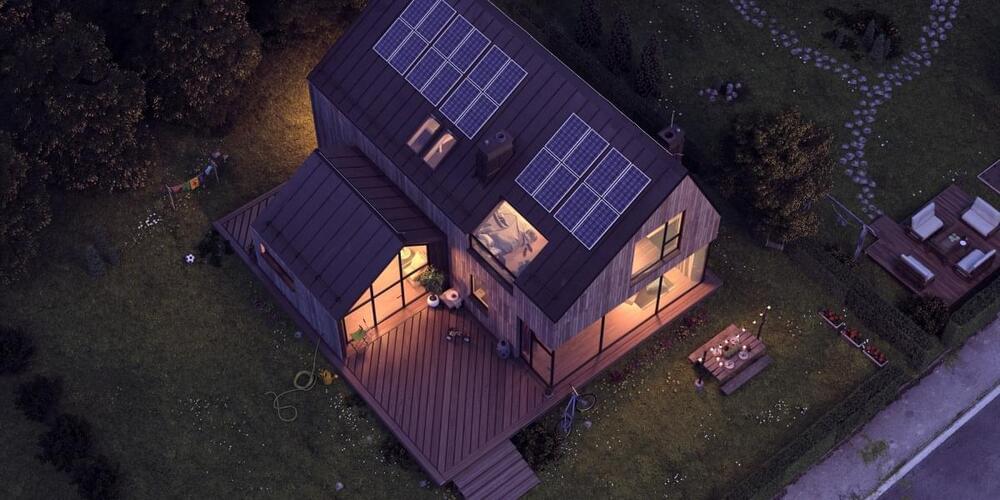
The International Energy Agency just released its annual investment report. Here’s where the money is going.
Money makes the world go round.
The International Energy Agency just published its annual report on global investment in energy, where it tallies up all that cash. The world saw about $2.8 trillion of investments in energy in 2022, with about $1.7 trillion of that going into clean energy.